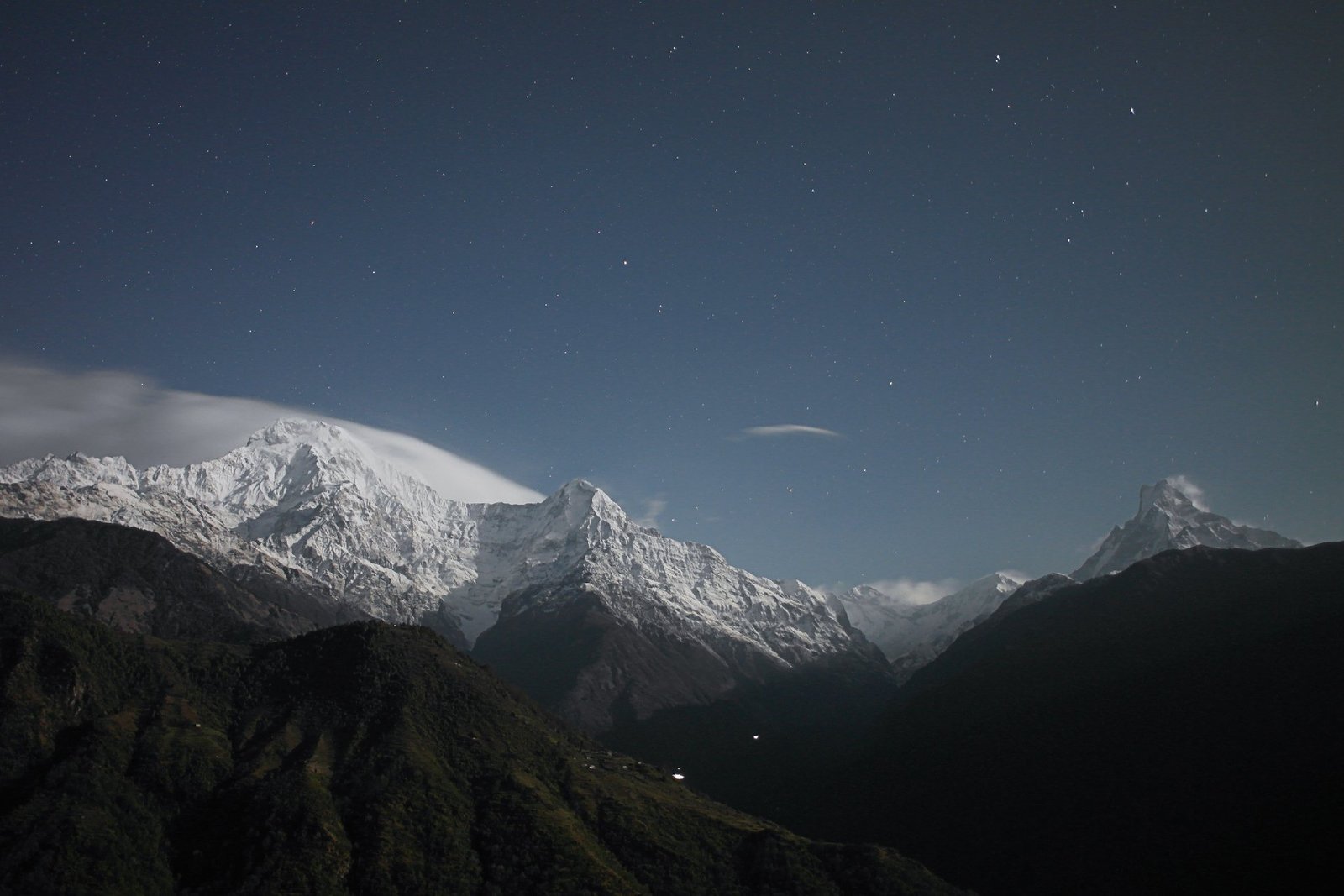We’re Building Our Next Chapter
Thank you for your ongoing support. We’re working on new initiatives to strengthen our mission and look forward to sharing them with you soon.

Thank you for your ongoing support. We’re working on new initiatives to strengthen our mission and look forward to sharing them with you soon.
